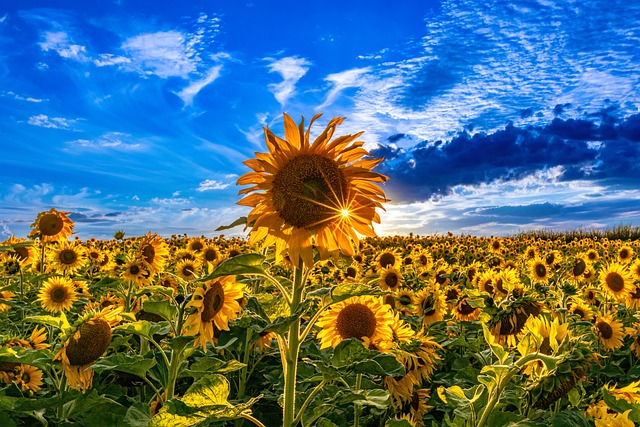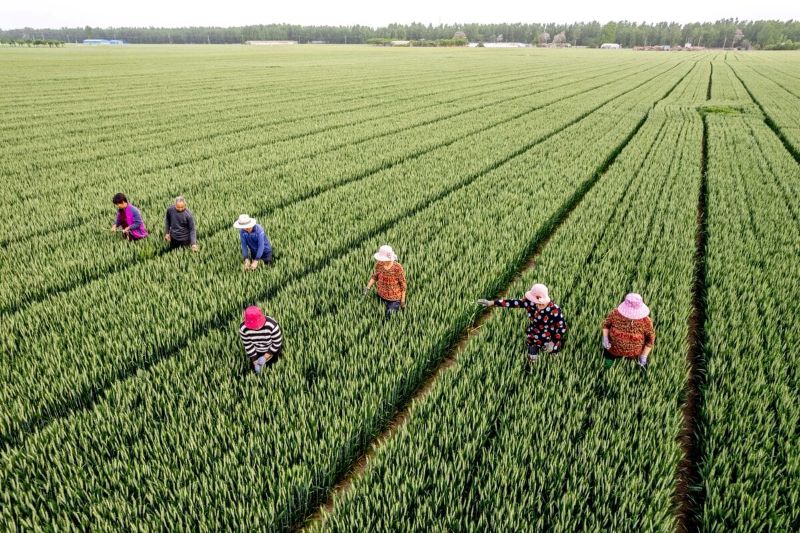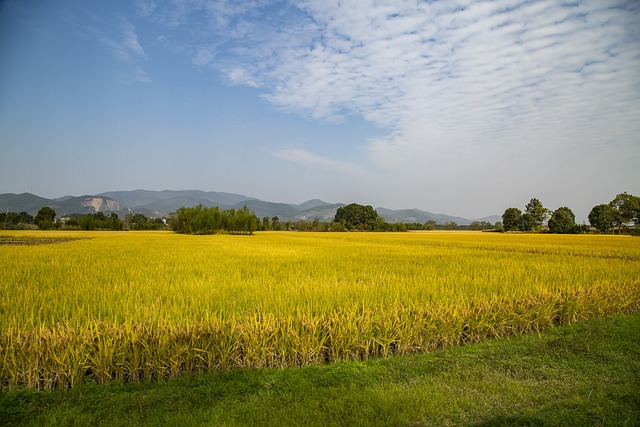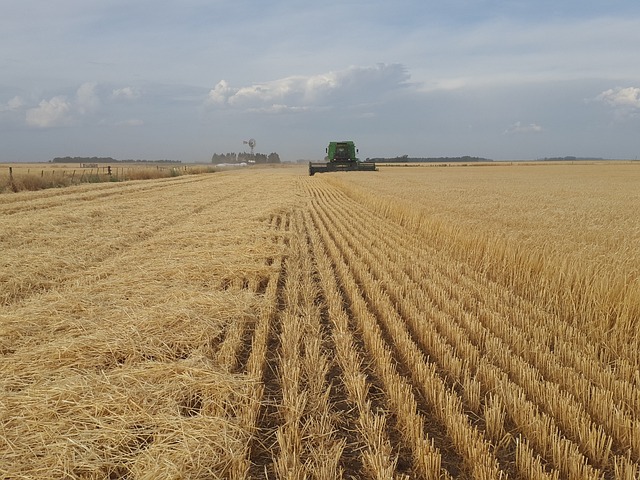Which Country Has the Most Fertile Land
Nature WorldWide February 6, 2024 0
The fertility of land is a critical factor in determining a nation’s agricultural productivity and, consequently, its ability to sustain and nourish its population. As we delve into the global landscape, we find countries blessed with exceptionally fertile land, where the soil is a canvas for bountiful harvests and agricultural prosperity. Let’s embark on a journey to uncover Which Country Has the Most Fertile Land on our planet.
Ukraine: The Breadbasket of Europe

Frequently labeled as the “Breadbasket of Europe,” Ukraine is celebrated for its vast and fertile black soil, recognized as chernozem. This nutrient-laden soil is especially favorable for cultivating wheat and various cereals, positioning Ukraine as a significant contributor to worldwide grain production.
Read More: 10 Most Oxygen Producing Trees in India
United States: The Agricultural Powerhouse

The United States is endowed with varied landscapes and rich plains, exemplified by the Corn Belt in the Midwest and the expansive Great Plains. These areas play a vital role in the nation’s agricultural productivity, with the fertile American soil predominantly yielding corn, soybeans, and wheat.
India: The Cradle of Ancient Agriculture

India, with its rich alluvial plains like the Indo-Gangetic plain, has a long history of agriculture dating back to ancient times. The fertile soil supports the cultivation of a wide variety of crops, from rice and wheat to spices and fruits, making India one of the world’s most agriculturally diverse nations.
Read More: 13 Flowers That Bloom at Night
Brazil: The Green Giant of South America

Brazil’s vast expanse of fertile land in the Amazon Basin and the Cerrado region contributes to its status as a global agricultural powerhouse. The fertile soils in these areas support the cultivation of soybeans, sugarcane, and coffee, making Brazil a key player in international agribusiness.
Canada: The Great Northern Breadbasket

The fertile prairie provinces of Canada, including Alberta, Saskatchewan, and Manitoba, boast nutrient-rich soils that support the cultivation of crops like canola, barley, and wheat. Canada’s agricultural prowess is a testament to the fertility of its land, despite its northern climate.
Read More: Top 10 Fastest-Growing Trees in India
China: The Land of Diverse Agriculture

China’s vast and varied landscapes, including the fertile plains of the Yangtze and Yellow River valleys, contribute to its agricultural success. The country produces a wide range of crops, from rice and wheat to tea and vegetables, showcasing the diversity of its fertile land.
Argentina: The Pampas and Beyond

Argentina’s fertile Pampas region is a crucial contributor to its agricultural wealth. Renowned for its fertile soils and expansive grasslands, the Pampas region sustains the cultivation of beef, soybeans, and corn, positioning Argentina as a significant contributor to global agriculture.
Read More: Sacred Trees, Plants and Fruit in Hindu Culture
Conclusion:
Numerous elements influence a nation’s agricultural prosperity, but the pivotal determinant is the fertility of its land, shaping its capacity to sustain its population and make substantial contributions to the global food reservoir. The nations highlighted earlier distinguish themselves for possessing remarkably fertile lands, each contributing distinctively to the global agricultural panorama. In our ongoing efforts to address the complexities of food security and sustainability, recognizing and valuing the significance of fertile land becomes progressively indispensable.




